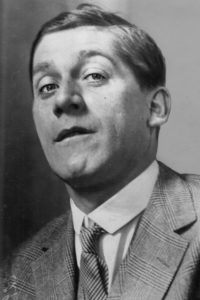
1886 - 1980
Oskar Kokoshka
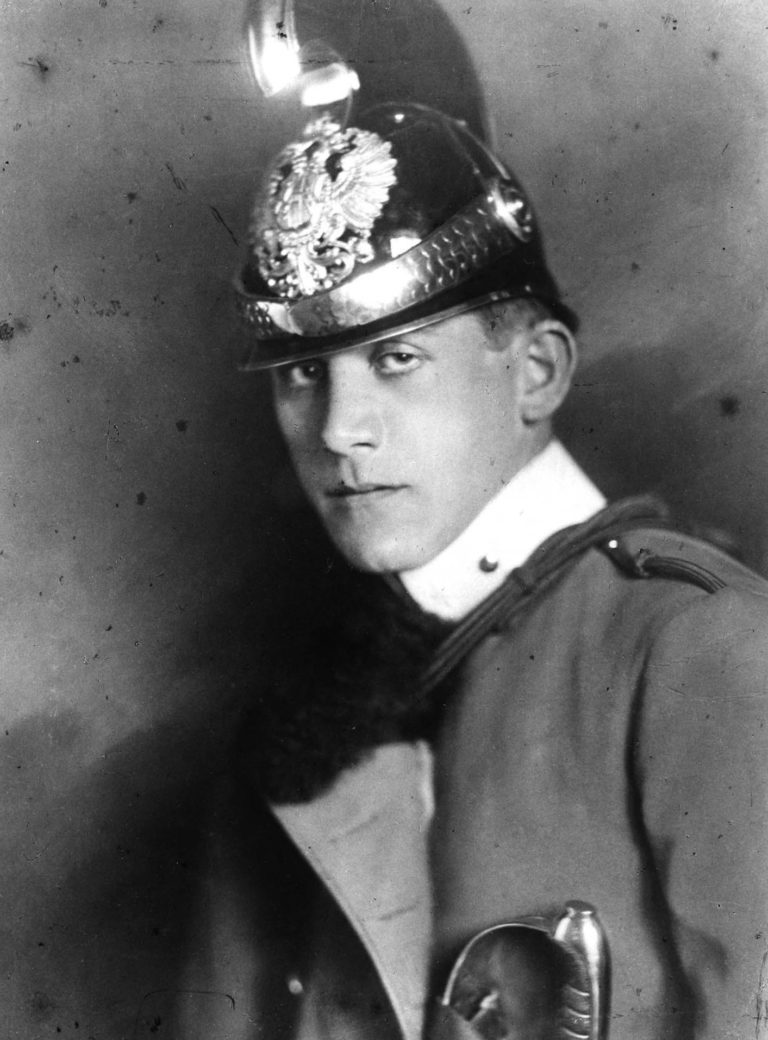
description
An Austrian artist of Czech descent, an outstanding representative of Expressionism.
He was born into the family of a hereditary jeweller from the Czech Republic. His childhood and youth passed in Vienna, where he initially studied chemistry; at the age of 19, he entered the Vienna School of Arts and Crafts.
A student of Gustav Klimt, Oskar Kokoshka was the leader of Austrian Art Nouveau, a member of the Berlin group “Sturm” and a participant in numerous art exhibitions, a professor at the Dresden and Salzburg Academy of Arts. He is also known as a talented writer and playwright, whose works attracted the attention with their boldness and caused an ambiguous reaction of the public. Kokoschka’s work has laid down the main features that later were characteristic for Expressionist painting and theatre. In 1980, the Austrian Federal Government established the Oskar Kokoschka Award, one of the largest Austrian awards in the field of contemporary art.
Key ideas:
– Oskar Kokoska entered the history of fine art as one of the brightest representatives of Austro-German Expressionism. In the artist’s works, anguish, confusion, despair and fear of an imminent catastrophe are clearly expressed. The paintings of Kokoshka are mostly portraits, in which the author reveals the psychological depth and individual character of a person. His brightest works, «The portrait of Dr.Forel», «Adolf Loos», «The portrait of Herwart Walden», created between 1980 and 1919, depict a man in a three-quarter turn, sharply outlining his face. The hands of models are always very expressive in Kokoshka’s works, while the background remains neutral, mostly dark; the features of the depicted person are clearly visible. To sharpen the perception, the painter often distorts the lines of faces, which are deliberately exaggerated and extremely expressive, thus creating the effect of maximum penetration into the hero’s inner world and making his paintings extremely emotional.
– After the First World War, in which the artist was directly involved, he turned to landscape painting. Kokoshka’s works are mostly cityscapes, depicted from a bird’s eye view. In these paintings, the artist does not attempt to depict Prague, Budapest or Vienna with topographic precision, though seeks to reveal the peculiarities of these places, to express on the canvas the so-called “city soul”, which invisibly appears in his streets, squares, squares and habits of local residents.
– During the Second World War, the artist closely opposed the Nazi regime. In 1937, he created «The Union of Oskar Kokoshka», which included antifascist artists supporting the development of progressive German art. In these years, the artist created several allegorical paintings, the most famous of which was «Red egg», devoted to the Munich agreement.
1886
1907
1909 - 1910
1911 - 1914
1914
1919
1924
1938
1953
1971
1980
The birth of the artist
He got acquainted with G. Klimt
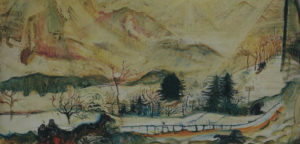
Met well-known Austrian architect A. Loos

The artist returned to Vienna
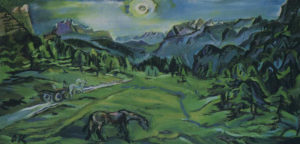
Volunteered for the First World War

In the post-war period, he became a professor at the Dresden Academy of Arts
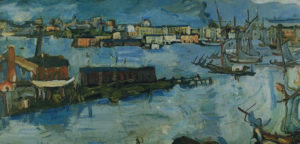
He started traveling around the world

His art was condemned by the press and persecuted by the authorities
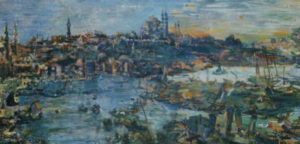
Moved to the shore of Lake Geneva, in Villeneuve
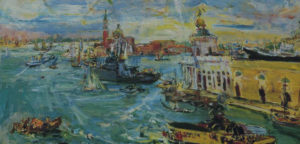
“My life”
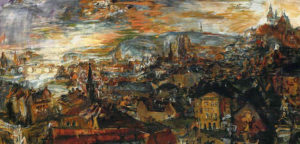
The death of the artist

